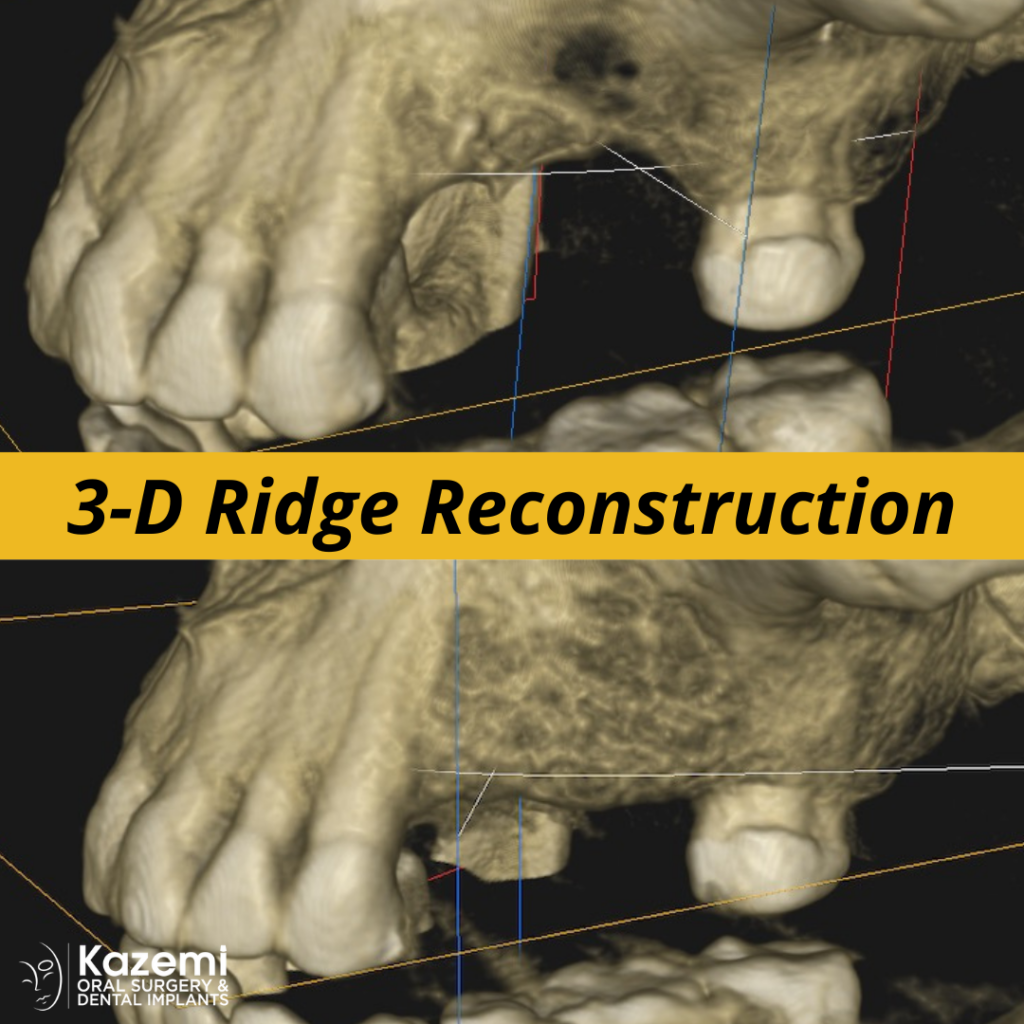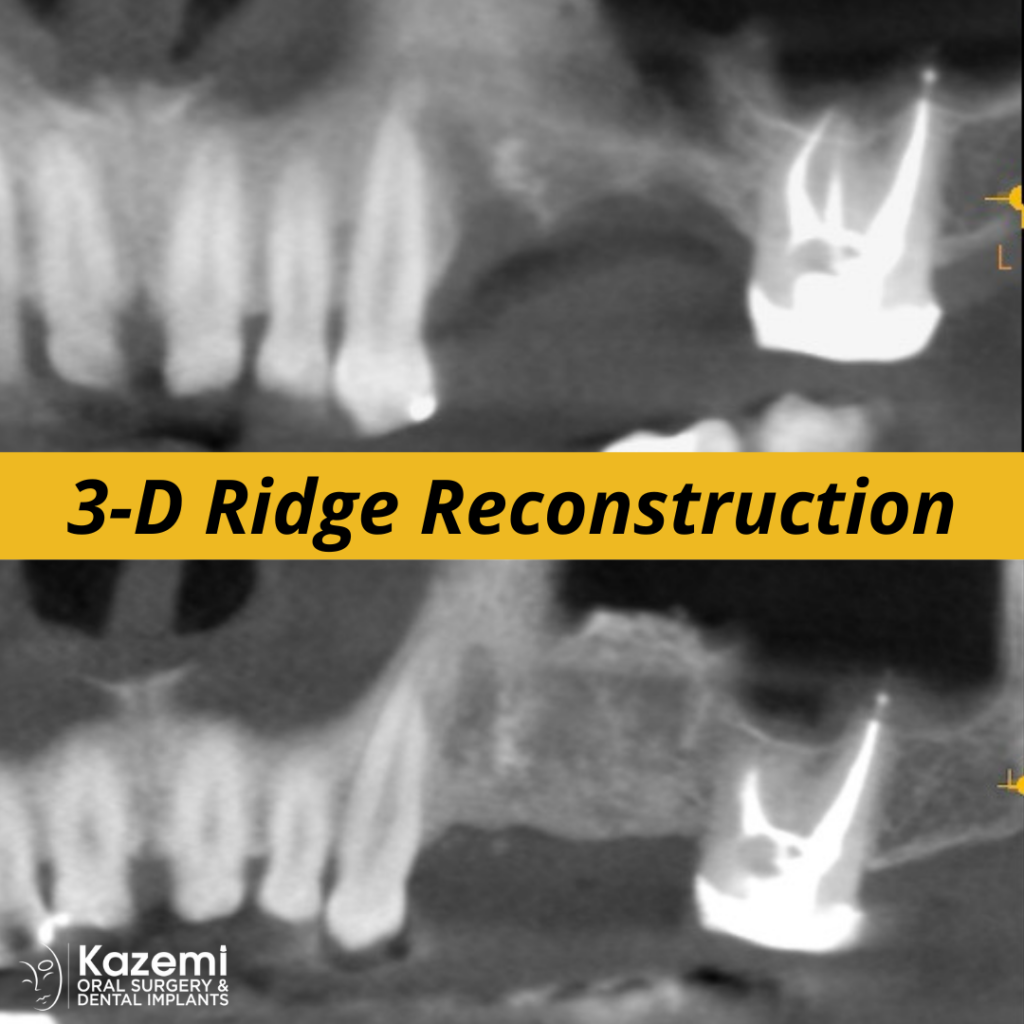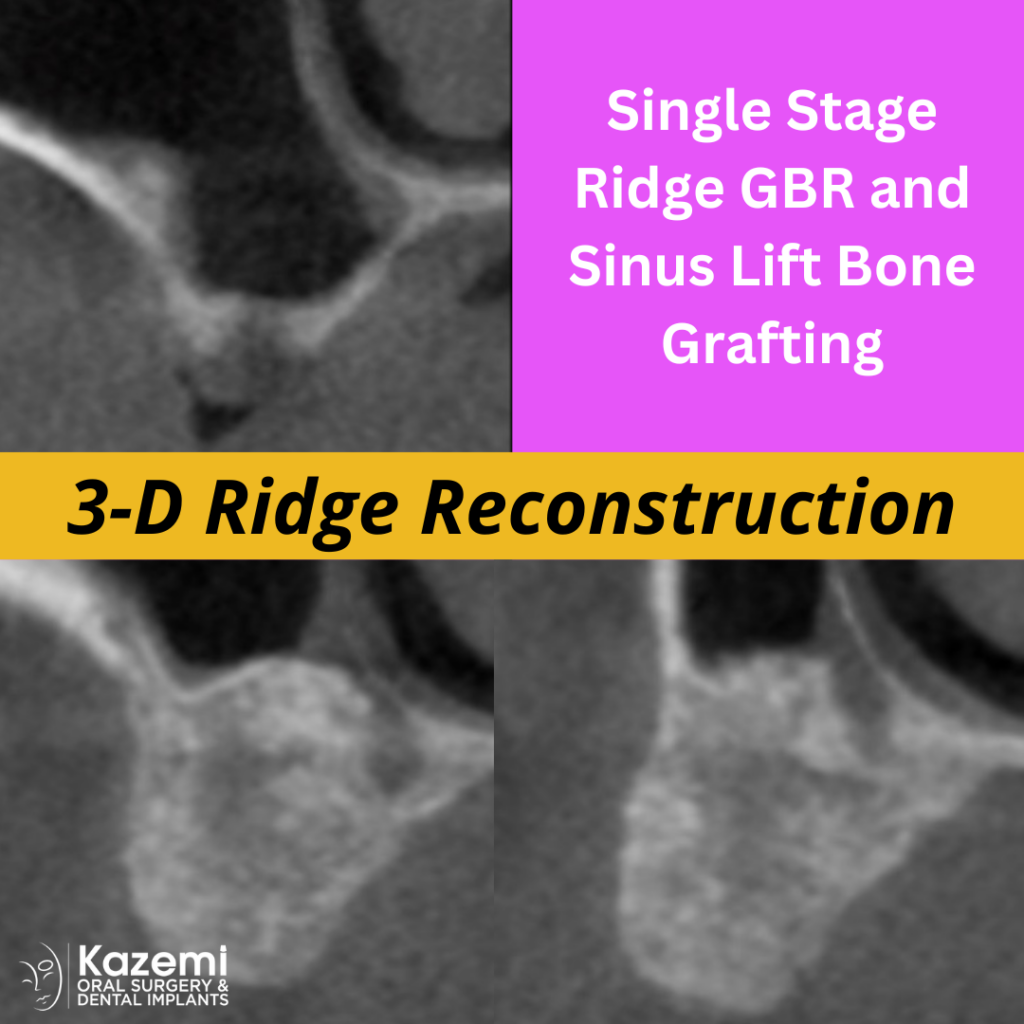Imagine not being able to enjoy your favorite foods, share hearty laughter, or confidently smile due to missing teeth. Countless individuals face this reality every day. However, thanks to the transformative power of dental implants and the supportive procedures of ridge bone grafting and sinus lift, many patients experience a life-changing transformation. Let’s dive into the incredible journey of how these procedures give patients a second chance to savor life and rediscover the joy of eating with a full set of teeth again.
Losing a tooth can be emotionally and physically distressing. It not only affects our self-esteem but also impairs our ability to chew and speak effectively. Traditional dentures and bridges may offer temporary relief, but they often come with drawbacks, such as discomfort, limited functionality, and the need for frequent adjustments.
Enter Dental Implants
Dental implants are a modern marvel in dentistry, offering a permanent solution for missing teeth. They consist of small titanium posts that are surgically placed into the jawbone, acting as sturdy replacements for tooth roots. Once the implants integrate with the bone through a process called osseointegration, they become the ideal anchor for artificial teeth.
The Barrier: Insufficient Bone Support
However, some patients face a hurdle on their journey to dental implants. Over time, the jawbone may deteriorate in the absence of natural teeth, leaving insufficient bone to support the implants securely. This is where ridge bone grafting and sinus lift procedures come to the rescue.
- Ridge Bone Grafting: Building a Strong Foundation
Ridge bone grafting is a surgical procedure that involves transplanting bone material to the deficient area of the jaw. This graft material, whether taken from the patient’s own body or an alternative source, stimulates the growth of new bone cells, effectively rebuilding the ridge and creating a robust foundation for dental implants.
- Sinus Lift Procedure: Reaching New Heights
For those requiring dental implants in the upper jaw, a lack of bone height may be caused by the close proximity of the maxillary sinus. The sinus lift procedure gently elevates the sinus membrane, creating space for bone graft material to be inserted. As the new bone fuses with the existing jawbone, a stronger base is established, making it possible to support dental implants securely.

Life-Changing Transformation
The journey from tooth loss to dental implants is a life-changing experience for many patients. The joy they experience when they can bite into an apple, savor a favorite meal, or laugh without hesitation is immeasurable. The newfound confidence in their smiles empowers them to embrace social interactions and life’s experiences with renewed enthusiasm.
Beyond the physical benefits, patients also gain emotional and psychological advantages. The ability to eat comfortably and confidently rekindles their passion for life. They can now focus on what truly matters – relishing every moment with their loved ones, pursuing their dreams, and embracing a future filled with smiles.
Dental implants, ridge bone grafting, and sinus lift procedures have revolutionized the way we approach tooth loss. They offer patients a second chance at life, enabling them to savor the simple joys of eating and smiling once more. With these transformative treatments, dental professionals can restore not only the functional aspect of their patients’ lives but also the emotional and psychological well-being that comes with a complete, healthy smile. If you are considering dental implants, don’t hesitate to explore the possibilities of ridge bone grafting and sinus lift procedures – they might just be the life-changing solution you’ve been waiting for.
This patient had significant bone loss and missing teeth in the upper left area. The bone augmentation was performed in one surgery consisting of sinus lift and onlay bone grafting using guided bone regeneration techniques. Implants can be placed after 6 months of healing.

